The highest mountain in South America is Aconcagua, which soars to 6,961m high in the Mendoza Province of Argentina. The second is Ojos del Salado, which sits on the border of Argentina and Chile, and the highest volcano in the world.
This is a vast continent of rainforests with booming biodiversity and far-reaching wild plains, glaciers and coastlines. Through it runs one of the world’s great mountain ranges. The highest mountains in South America all sit in the Andes - the longest continental mountain range in the world. Likewise, they are all of volcanic origin, though not all are volcanoes.
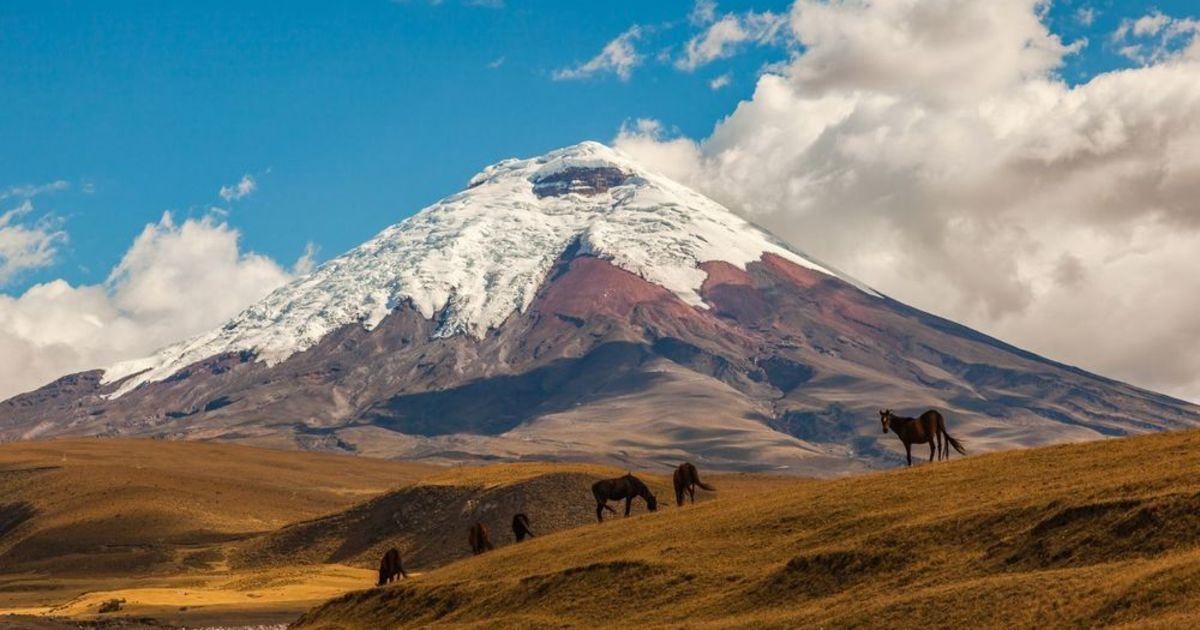
Here we’ve listed each of the top 10 tallest mountains in South America, including their height and location. We’ve also listed the first recorded climb to the summit of each mountain, though it’s worth noting that in many cases, the indigenous people would have reached the top of these mountains long before these recorded firsts - particularly where the route up isn’t technical.
Of course, there are an abundance of mountains to climb in South America - from trekking across the Andes and hiking Ecuador's avenue of volcanoes or climbing up to the Bolivian Cordillera Real. But here, we’re strictly focused. Here are the 10 highest mountains in South America:
1. Aconcagua, Argentina
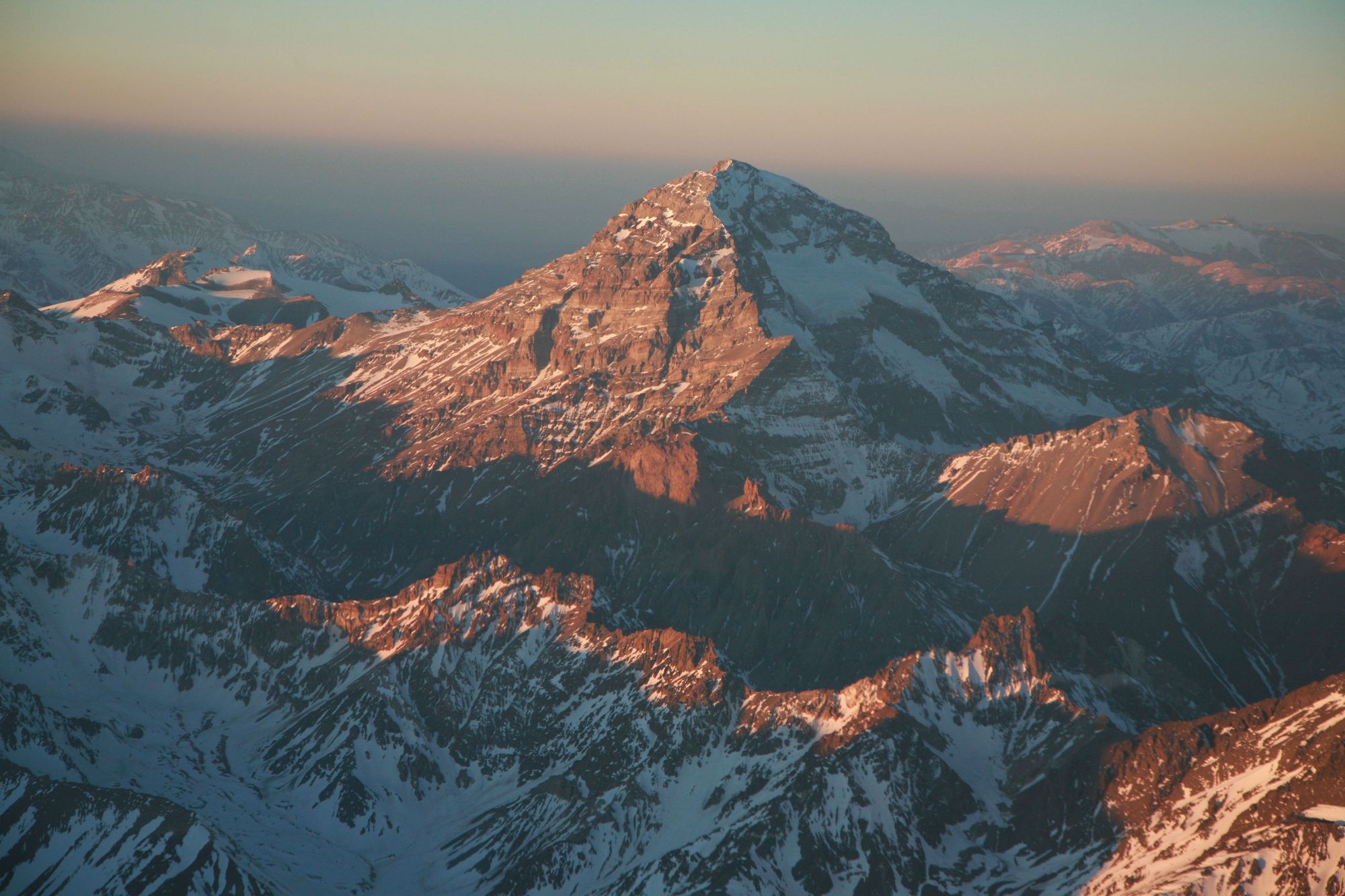
- Height: 6,961m (22,838ft)
- Location: Mendoza Province, Argentina
- First recorded climb: 1879, by Matthias Zurbriggen.
Aconcagua is the highest mountain in South America, and at 6,961m, it’s also the highest mountain in the Americas, as well as being the highest mountain outside of Asia, and the highest mountain in the Southern Hemisphere. Aconcagua is a mountain in the Principal Cordillera, and is in the Andes - something that you’re going to be hearing a lot in this list.
The route up Aconcagua is actually relatively manageable, for mountaineering. It’s often described as the highest non-technical mountain in the world - with the normal, northern route not requiring ropes, axes or pins. Of course, you do still need an intense level of fitness and strength, and acclimatisation to both the cold and the altitude, to reach the top of Aconcagua - which nears 7,000m. Casualties are common on the mountain, as it can be underestimated. Atmospheric pressure at the summit is 40% of what you’d find at sea level.
Aconcagua is a mountain of volcanic origin, but it’s not an active volcano.
Fancy learning more? Grab a copy of Aconcagua: Summit of South America by Harry Kikstra. It’s one of the few first-person guides to the mountain, from someone who’s been up twice.
2. Ojos del Salado, Argentina/Chile
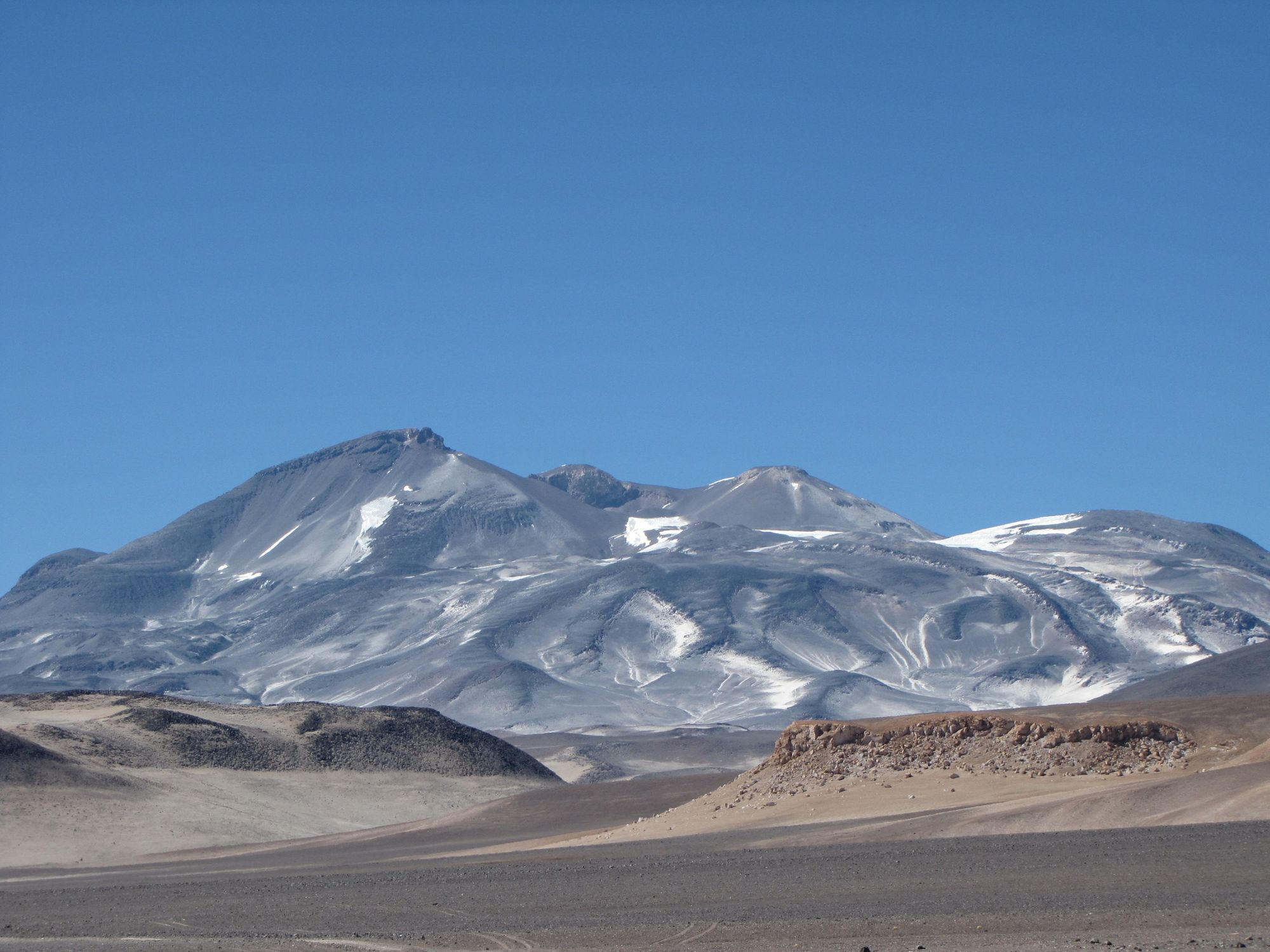
- Height: 6,893m (22,595ft)
- Location: Catamarca Province, Argentina and Copiapo Province, Atacama Region, Chile
- First recorded climb: 1937, by Jan Alfred Szczepański and Justyn Wojsznis.
One of the world’s great border mountains, Ojos del Salado is the highest mountain in Chile, the second highest mountain in South America - and the highest volcano in the world. It's an odd-looking mountain, all grey and shaded. The volcano isn’t fully extinct, with minor activity still occurring on the peak from time to time. On the ground, you can smell the sulphur leaking out of the mountain. Climbers tend to hike from the Argentinian side (for bureaucratic reasons more than anything else). The mountain is a largely simple ascent, until the grade UIAA II climb near the summit. The winds here can be harsh.
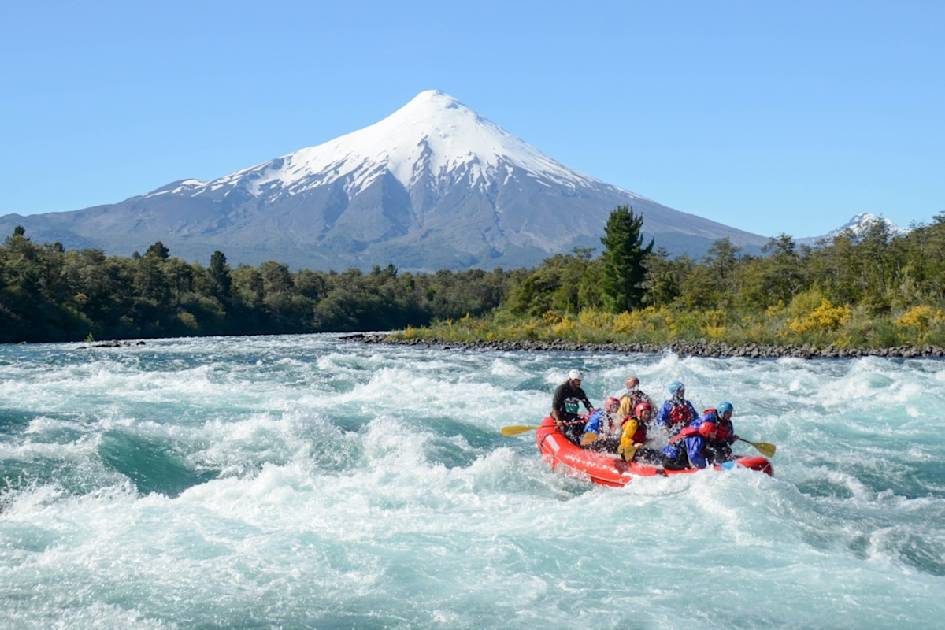
Fancy learning more? Read The Andes: A Guide for Climbers by John Biggar.
3. Monte Pissis, Argentina
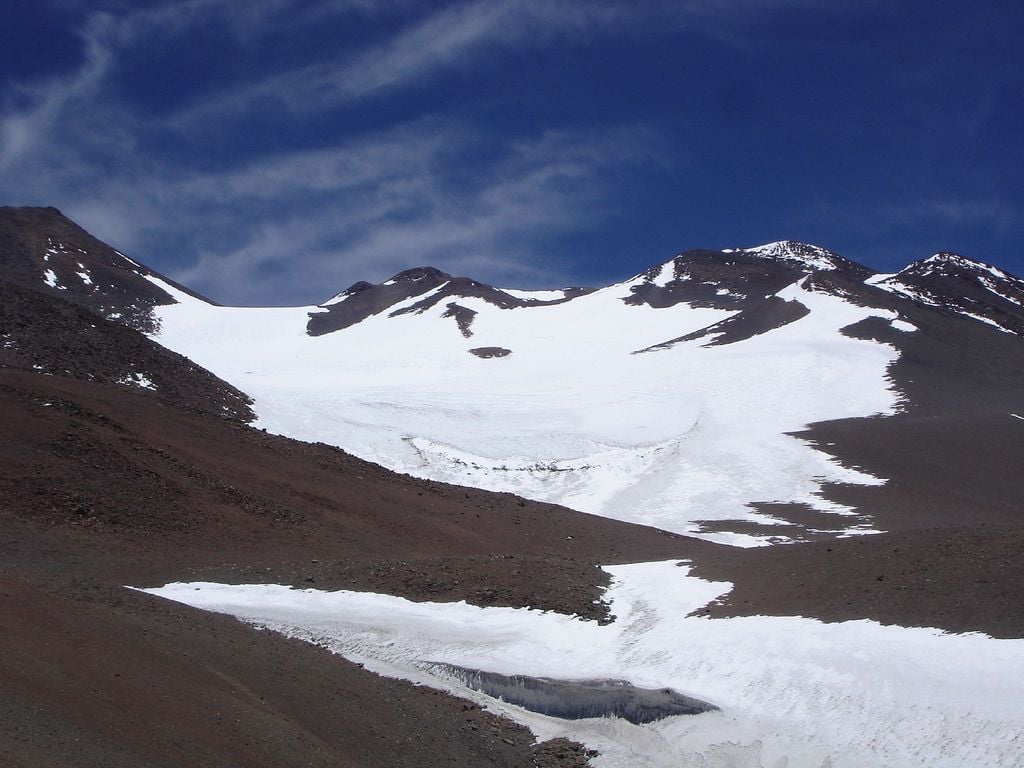
- Height: 6,793m (22,287ft)
- Location: La Rioja and Catamarca Provinces, Argentina
- First recorded climb: 1937, by Stefan Osiecki and Jan Alfred Szczepański.
This beauty of a mountain is named after the French geologist Pedro José Amadeo Pissis, who worked for the Chilean government in the 19th century, and played an influential part in the cartography of the country. It’s a very dry region, but there’s a huge glacier on the mountain.
Officially, Monte Pissis is the third highest mountain in South America, but from time to time that’s been a controversial statement.
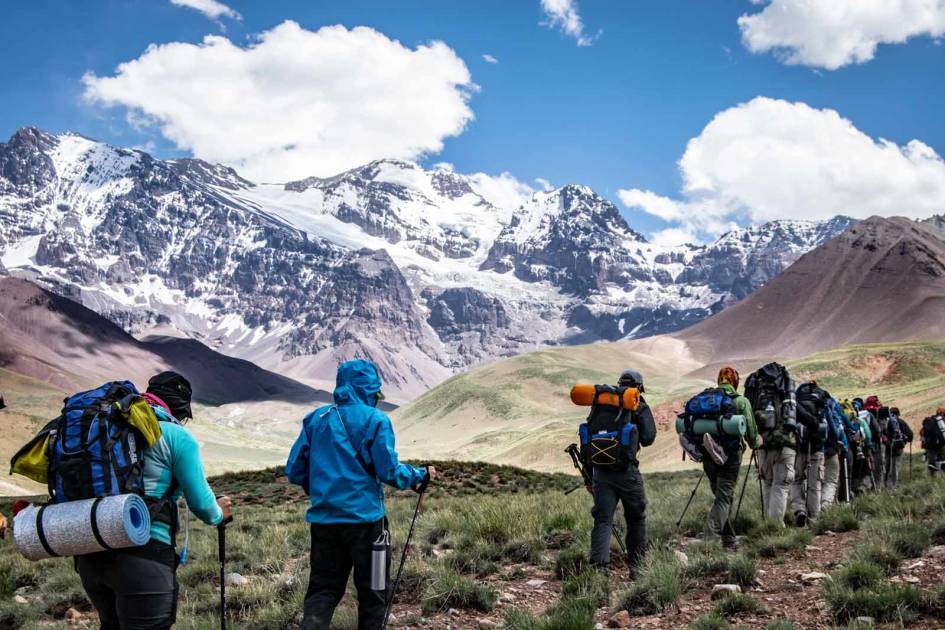
There’s been a bit of debate over the exact height of Monte Pissis. In 1994, an Argentinian expedition visited the mountain, and after using GPS technology, claimed it was actually 6,882m high - which would make it higher than Ojos del Salado. Technology has advanced since then, and in 2005, the summit was reliably found to be 6,793m by an Austrian team, after a DGPS survey. Chilean, Argentinian and European expeditions have since confirmed this height.
Fancy learning more? Read Clawing for the Stars: A Solo Climber in the Highest Andes, by Bob Villarreal.
4. Huascarán, Peru
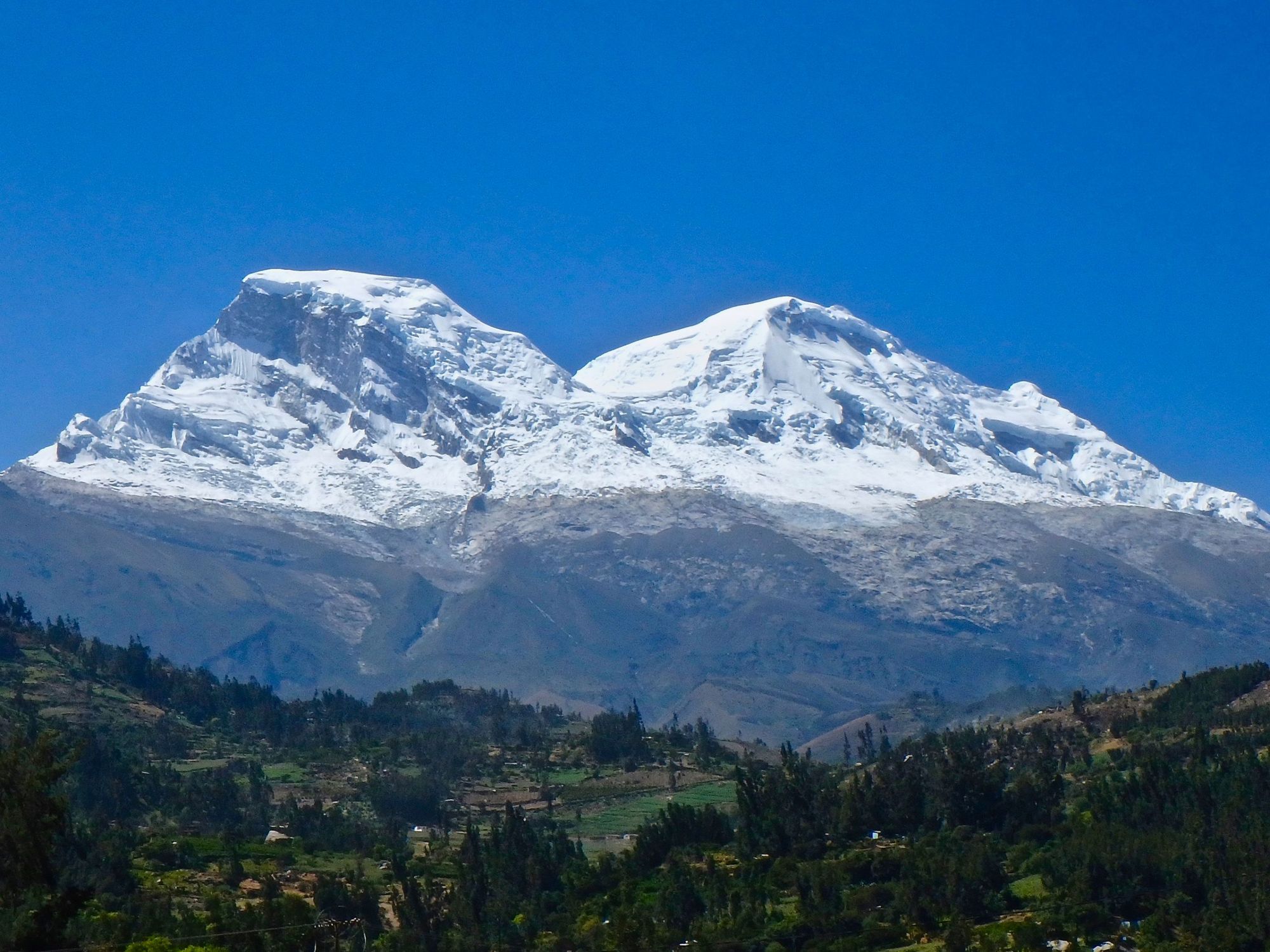
- Height: 6,768m (22,205ft)
- Location: Yungay Province, Peru
- First recorded climb: Huascarán Norte was first ascended in 1908 by a team including Annie Smith Peck. The summit of Huascarán Sur was reached in 1932 by a German-Austrian crew.
Huascarán, which is also known as Nevado Huascarán or Mataraju, is the highest mountain in Peru, the northern Andes and in all of the world’s Tropics. The name Mataraju is perhaps particularly interesting - being the name given to the mountain by the local indigenous people. It comes from the Ancash Quechua of ‘mata’, meaning ‘twin’, and ‘rahu’, meaning ‘snow peak’, making the word Mataraju mean ‘twin snow peaks’ - a pretty nice description of the mountain.
The mountain was the site of a horrifying natural disaster in 1970, when the Ancash earthquake caused a substantial part of the north side of the mountain to collapse - sending around 80 million cubic metres of ice, mud and rock down with it. Yungay and surrounding towns were buried by the flow, and the total death toll from the debris avalanche was said to be around 30,000 - making this tragedy the deadliest avalanche or glacier-related disaster in history.
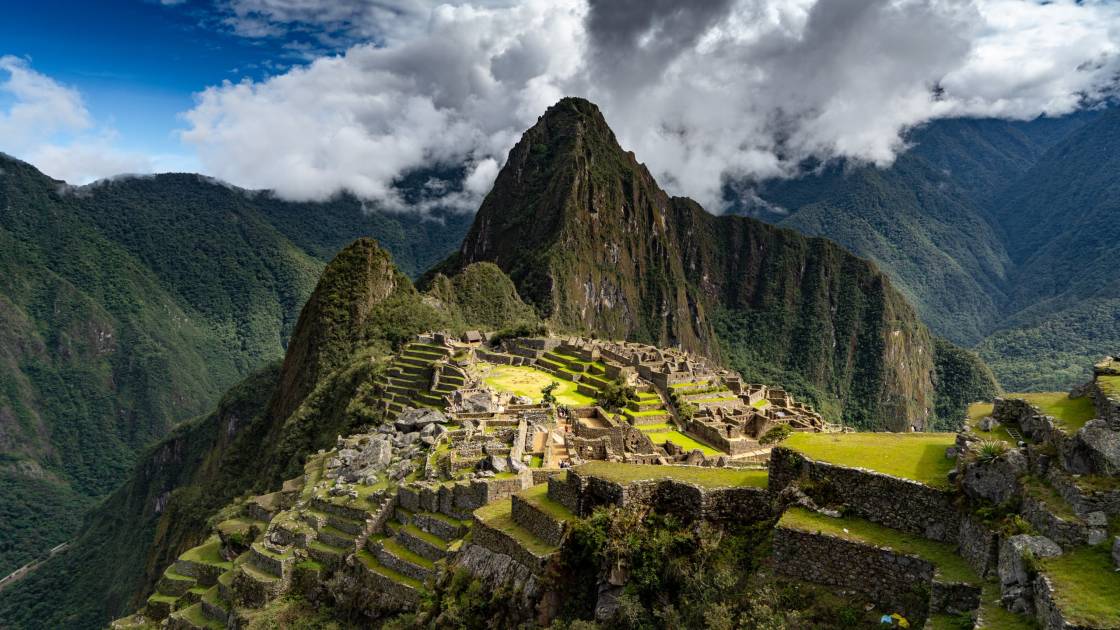
Fancy learning more? Check out the climbing essay The Conquest of Huascarán by Annie Smith Peck. Written in 1909, Peck was a mountaineer, suffragist and speaker. She climbed Huascarán in 1908 - becoming the first to ascent the north peak of the mountain, at 6,768m.
5. Cerro Bonete/Bonete Chico, Argentina
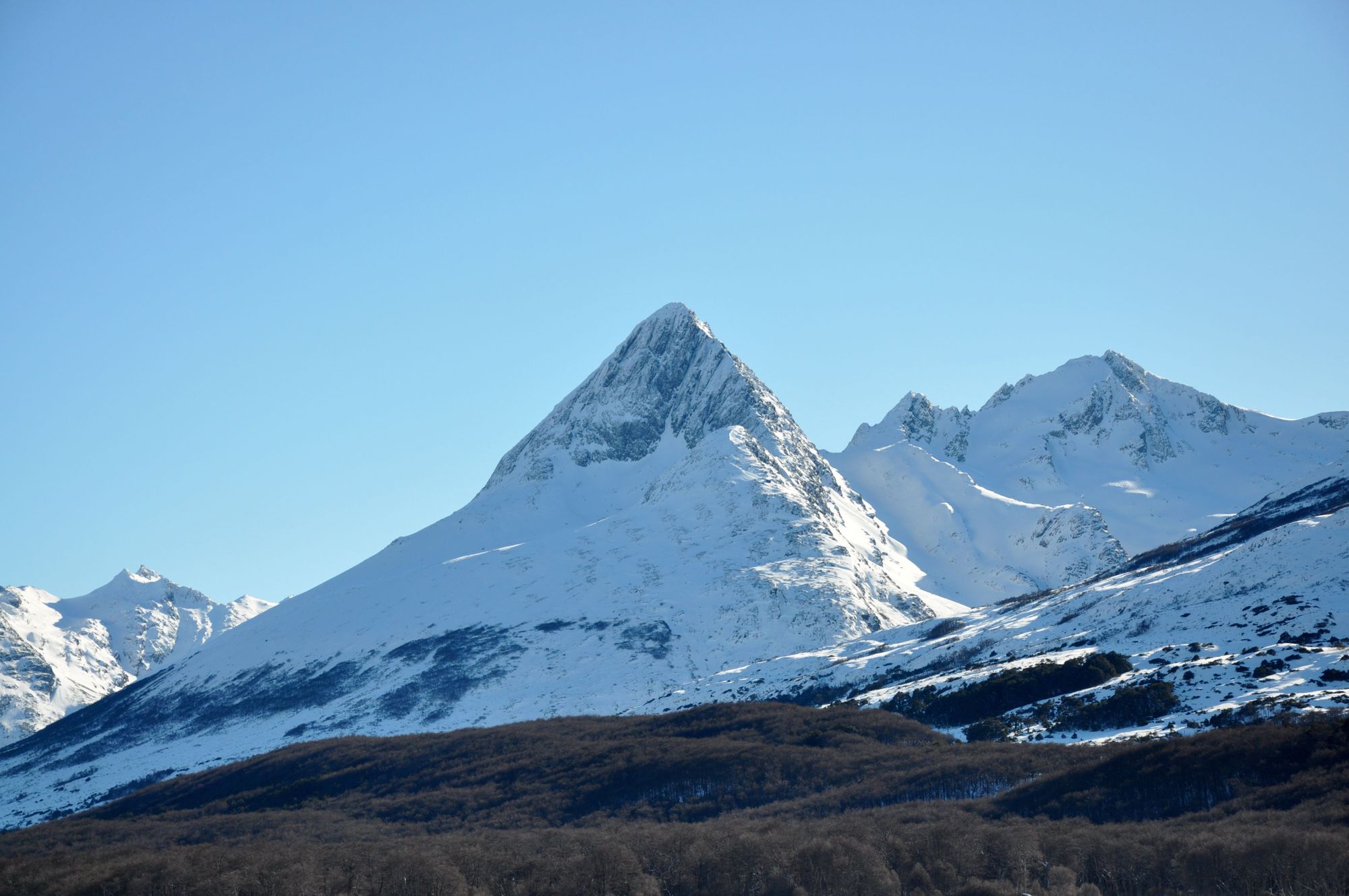
- Height: 6,759m (22,175ft)
- Location: La Rioja Province, Argentina
- First recorded climb: 1913, by Walther Penck.
This huge, sprawling mountain covers a huge amount of ground. While it may only be the fifth highest mountain in South America, it’s got to be one of the world’s largest in terms of circumference. This beauty in the north of La Rioja takes around two weeks to climb. That’s two weeks out in the middle of the Andes, far from the hustle and bustle of any cities.
Ascents typically involve a stay at a few refuges on the way, including the Veladero Refuge at 4,400m, before base camp is made around 4,600m. Camps one and two are typically set up before summit day, with climbers descending to Vinchina afterwards, after reaching the top.
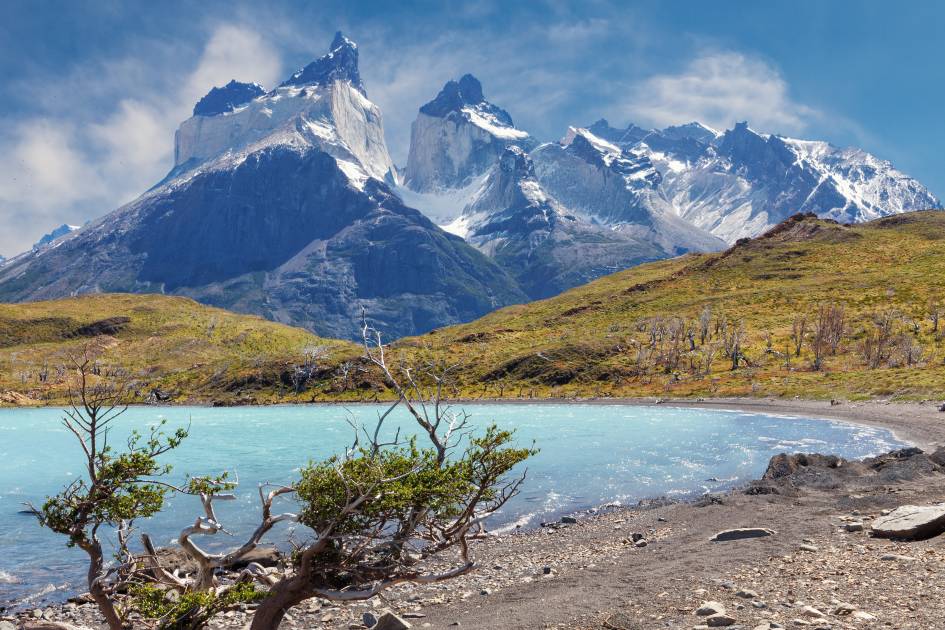
Fancy learning more? There’s not much reading out there on Bonete Chico, but again, it features in Clawing for the Stars: A Solo Climber in the Highest Andes, by Bob Villarreal.
6. Nevado Tres Cruces, Argentina/Chile
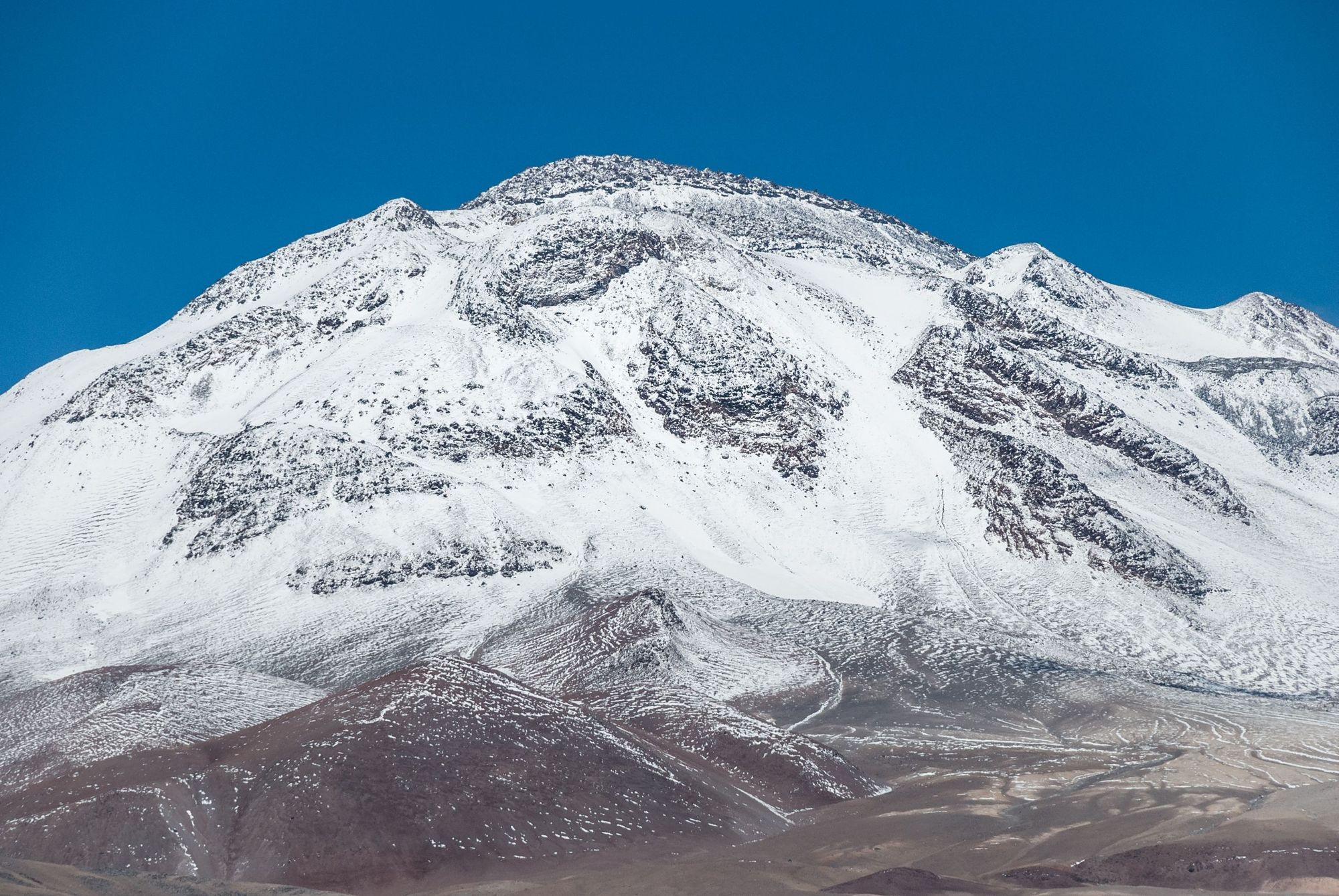
- Height: 6,748m (22,175ft)
- Location: Catamarca Province, Argentina and Copiapo Province, Atacama Region, Chile
- First recorded climb: 1937, by Stefan Osiecki and Witold Paryski.
Another border mountain, Nevado Tres Cruces is the sixth highest mountain in South America, and is visible in all its rolling glory from Ojos del Salado, which sits to the east. There are two various summits, the highest being the 6,748m peak. The mountain is of volcanic origin - which has a history of volcanic activity dating back over 1.5 million years. The last eruption is believed to have been around 22,000 years ago.
It’s a landscape of glaciers and lunar landscapes, and is at the heart of the Nevado Tres Cruces National Park, which was created to protect the wider area in 1994.

Fancy learning more? Read the official page of the Parque Nacional Nevado de Tres Cruces.
7. Mercedario, Argentina
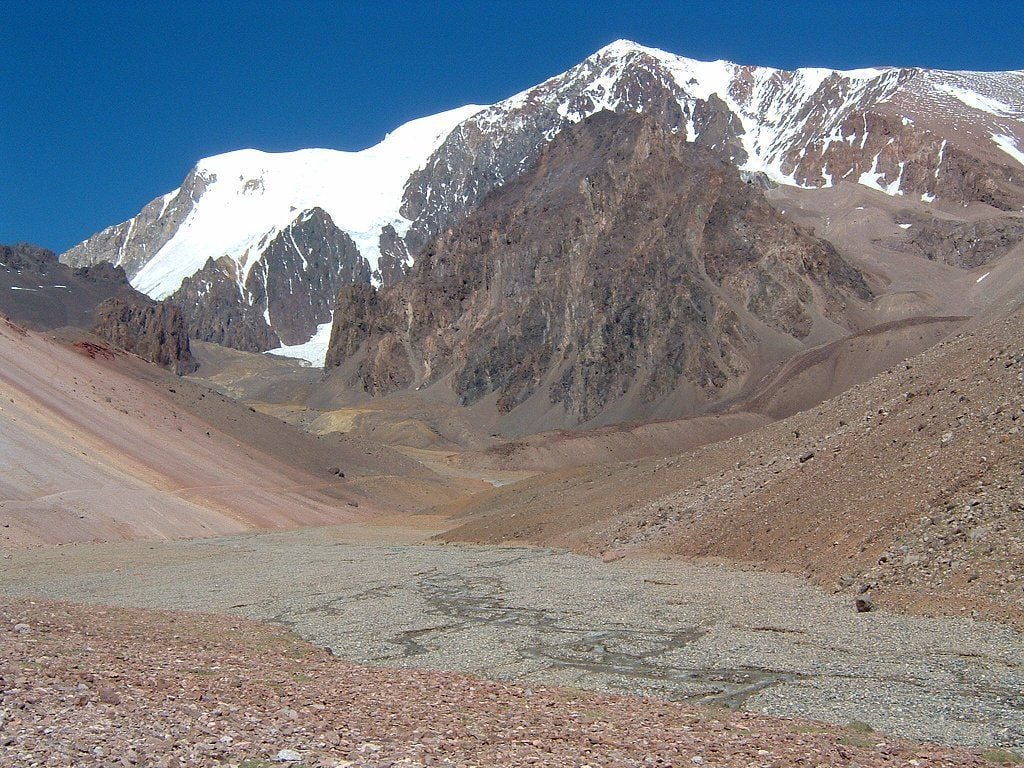
- Height: 6,720m (22,046ft)
- Location: San Juan Province, Argentina
- First recorded climb: 1934, by Adam Karpiński and Wiktor Ostrowski.
Cerro Mercedario is the high point of the Cordillera de la Ramada mountain range, and sits around 100km north of the highest mountain in South America, Aconcagua. It has a rich history of mountaineering, with a Polish expedition first reaching the summit, and establishing a summit cairn on top, in 1934 (though there are unconfirmed reports of Incas reaching the summit, to worship the Sun God, as early as 1480). The south side was first ascended in 1968 by a team of Argentinian and Japanese climbers, and an Austrian team followed on the north in 1971.

Fancy learning more? Again, The Andes: A Guide for Climbers by John Biggar is a good source of further information on this mountain.
8. Yerupaja, Peru
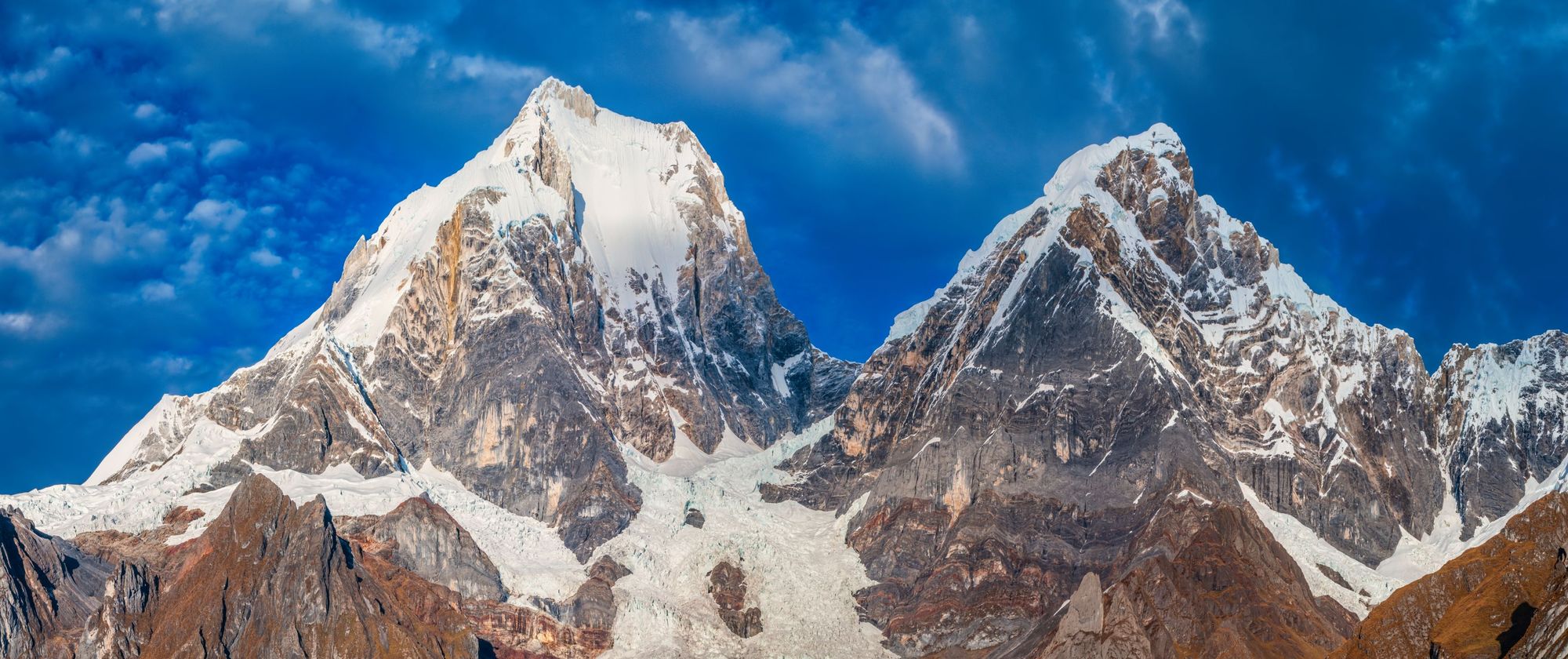
- Height: 6,635m (21,768ft)
- Location: Áncash, Bolognesi Province, Lauricocha Province, Peru.
- First recorded climb: 1950, by David Harrah and Jim Maxwell.
Peru’s second highest mountain is often considered to be the most visually dramatic in the entire country, on account of its dramatic, rugged rock face and startling elevation. The rock face rises out of the mountain like a vertical spearhead. The mountain hasn’t been climbed often - perhaps on account of the fact that it’s only the second highest, and that it’s a darn tough climb. Proximity to more famous mountains, like Siula Grande (of Touching the Void fame) also means that Yerupaja is sometimes overlooked. Before it was finally climbed by Americans Harrah and Maxwell in 1950, the mountain was actually the highest unclimbed summit outside of Asia.
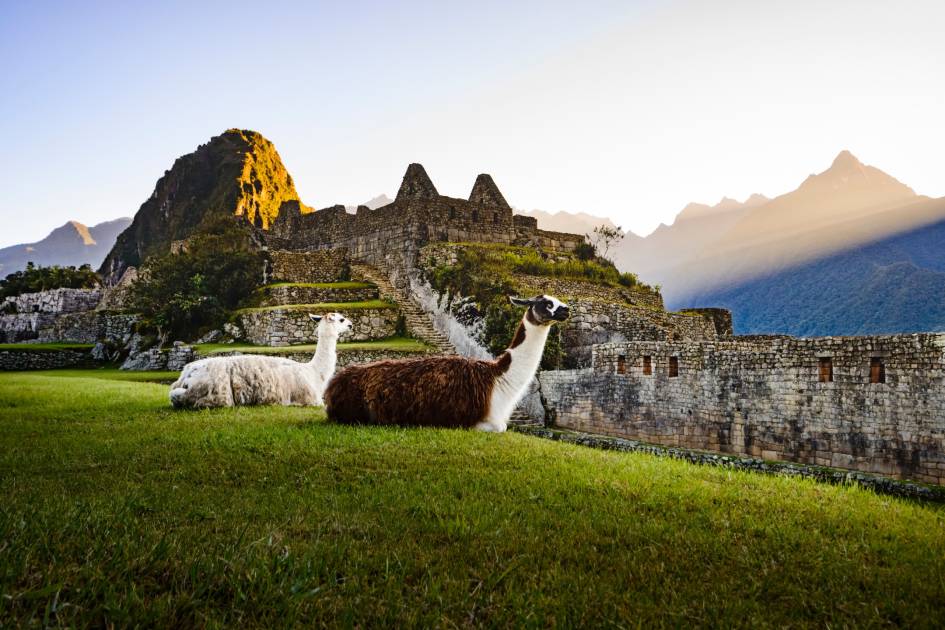
Fancy learning more? Read John Sack’s The Butcher: The Ascent of Yerupaja - a report of the 1950 Harvard Andean Expedition to the Andes, organised by a group of Harvard students.
9. Incahuasi, Chile
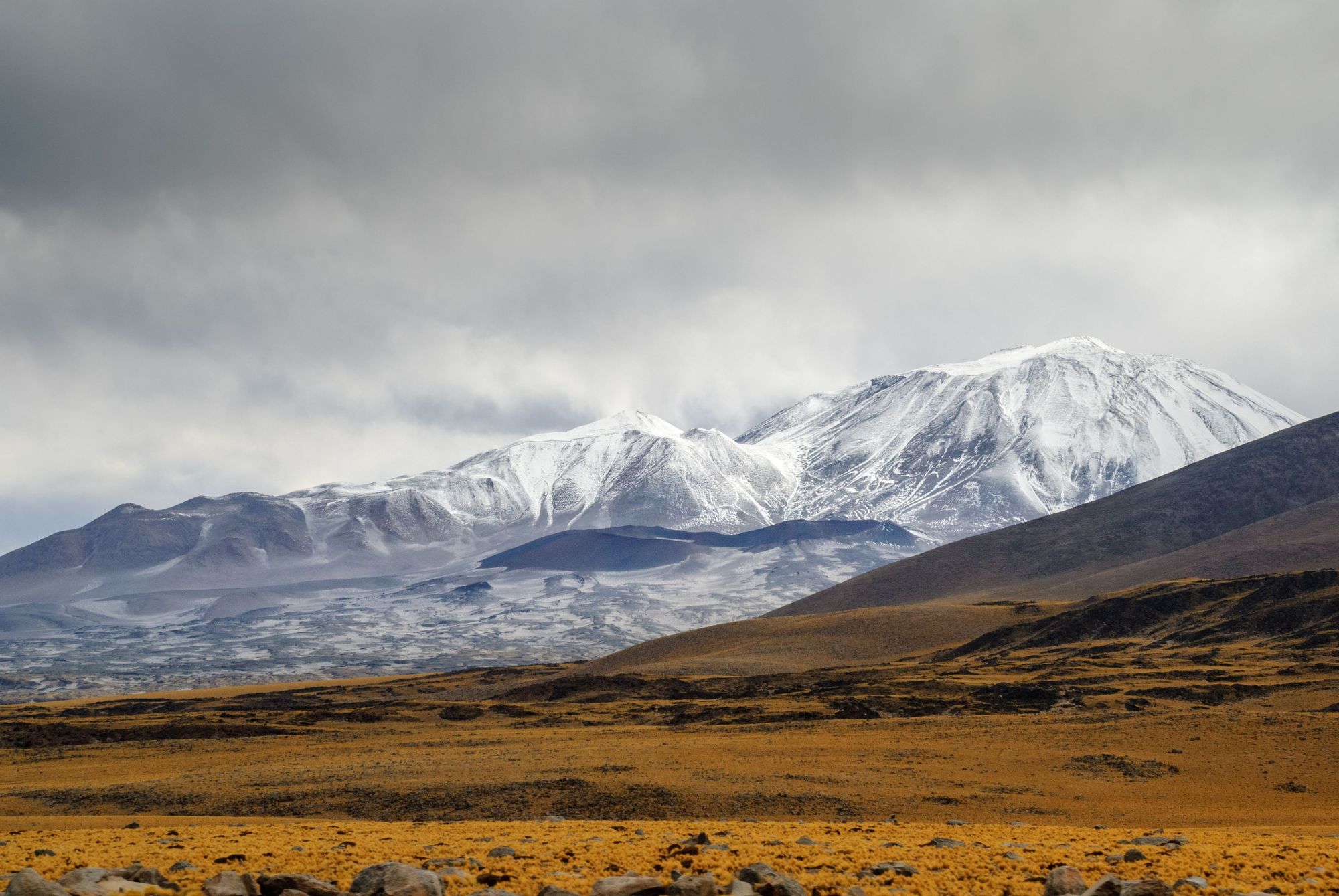
- Height: 6,621m (21,722ft)
- Location: Catamarca Province, Argentina and Atacama region, Chile
- First recorded climb: 1913 by Walter Penck.
The ninth highest mountain in South America, Incahuasi sits northeast of Ojos del Salado, the continent’s second highest peak. Together - along with El Fraile, Cerro El Muerto, Nevado Tres Cruc and El Solo - they form a 31-mile (50km) volcanic chain running through the continent.
These volcanoes were all active around 1.5 million years ago. Today, a good few of them have glaciers, but not Incahuasi (though there is often snow). While Walter Penck is credited with the first ascent, Inca ceremonial structures were found on the summit, so it seems that the indigenous Inca people would have been the first to climb the mountain, likely in the 1400s.
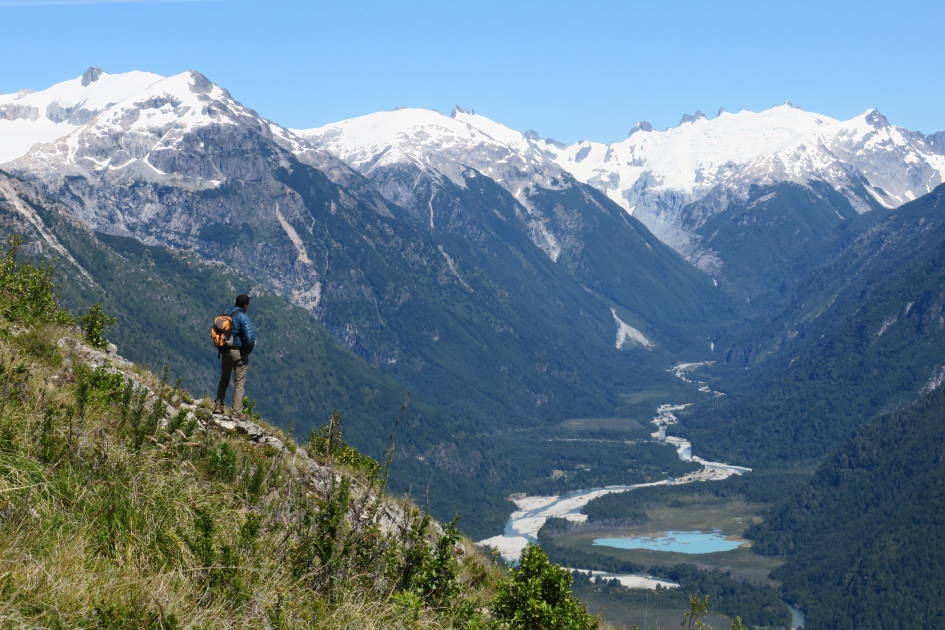
Fancy learning more? It’s tough to find a copy, but David W. Hershey's 2008 Nevado de Incahuasi: The Archaeological Anatomy of a Sacred Mountain in the Andes is one of the few books on this mountain.
10. Tupungato, Argentina/Chile
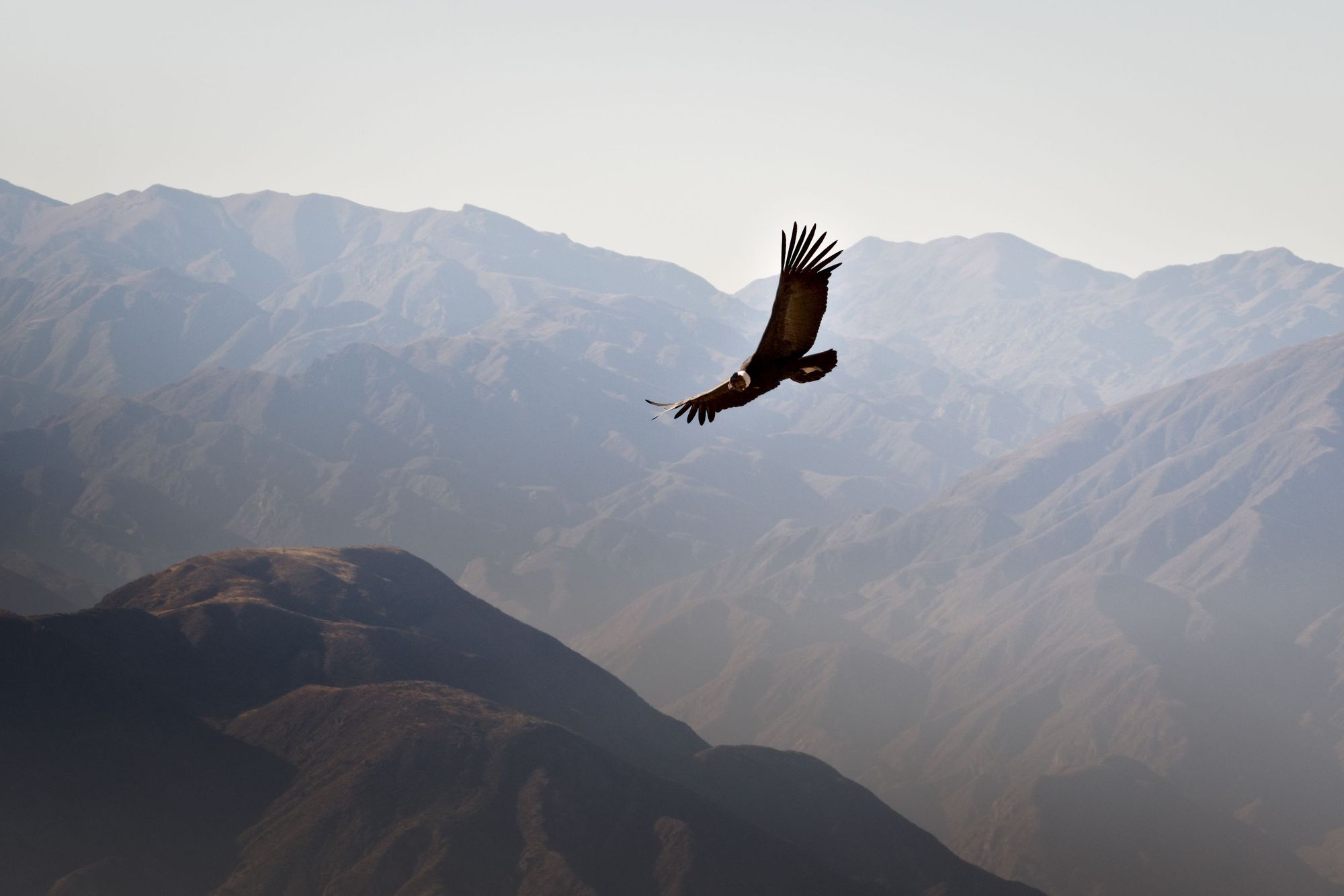
- Height: 6,570m (21,555ft)
- Location: Metropolitan region, Chile and Mendoza, Argentina
- First recorded climb: 1897, by Matthias Zurbriggen and Stuart Vines.
Tupungato is a huge lava dome on the border of Argentina and Chile. It’s the 10th highest mountain in South America, and sits near Tupungatito (little Tupungato), which is an active volcano. The mountain is best known, unfortunately, as the site of a 1947 plane crash. This is where the Star Dust airliner, carrying six passengers, crashed into a glacier. The remnants of the plane emerged with glacial melt in the year 2000 and the rest of the wreckage was subsequently found afterwards.
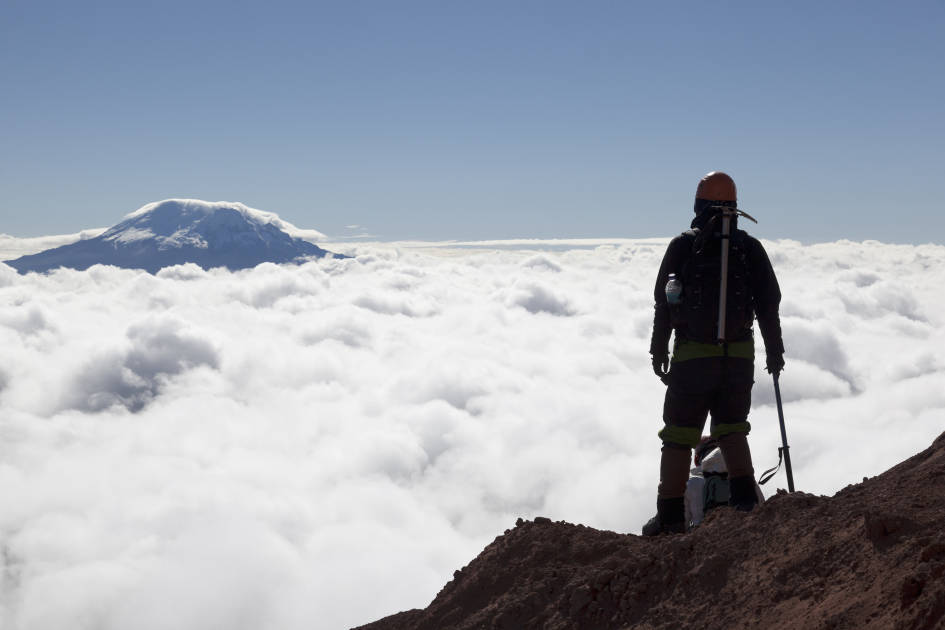
Fancy learning more? The mountain features prominently in Edward Arthur Fitz Gerald and Stuart Vines’ book, The highest Andes: a record of the first ascent of Aconcagua and Tupungato in Argentina, and the exploration of the surrounding.
Inspired? Check out our adventure holidays in South America now!
This article contains affiliate links. Which basically means we make a little commission if you click through and buy something. It doesn’t cost you anything, and it just means we can do more good things in good places. More info here.


